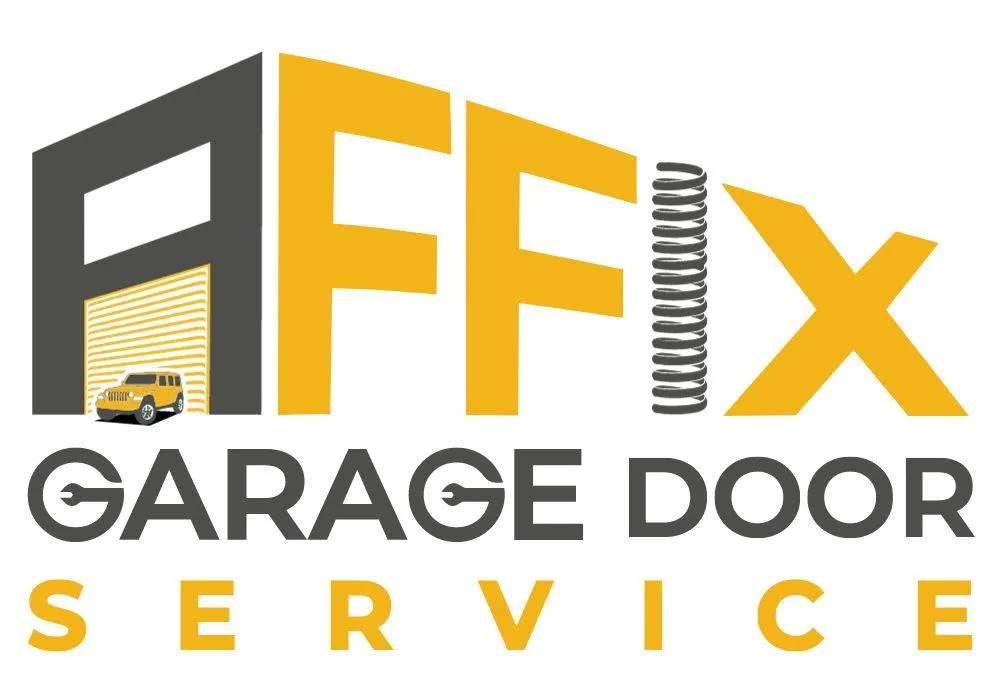Garage Door Bottom Seal
Replacement & Installation Secure Your Garage Today
A properly installed garage door bottom seal is essential for keeping your garage secure and energy-efficient. This weatherproof strip acts as a barrier against drafts, dust, pests, and moisture, protecting your belongings and enhancing your garage's insulation.
The Importance of a Properly Installed Garage Door Bottom Seal

Keeping your garage protected from water, pests, and weather damage starts with a properly installed garage door bottom seal. This essential component creates a reliable barrier that safeguards your space while enhancing its energy efficiency and lifespan. In this guide, we’ll walk you through everything you need to know about selecting, installing, and maintaining a garage door bottom seal to keep your garage in top shape.
Why Does a Garage Door Bottom Seal Matter?
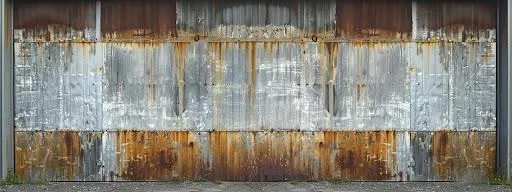
Garage door bottom seals are more than just a finishing touch—they are a critical element for maintaining your garage. Here’s why they matter:
Water Damage Prevention: Stops rainwater from seeping in and damaging your garage floor and stored belongings.
Pest Control: Keeps rodents, insects, and other unwanted guests from entering.
Energy Savings: Reduces drafts, improving insulation and lowering heating and cooling costs by up to 20%.
Debris Blockage: Prevents dirt, leaves, and other debris from entering your garage, keeping it clean and functional.
By installing a high-quality bottom seal, you’ll protect your garage and ensure a more comfortable and efficient space.
Types of Garage Door Bottom Seals
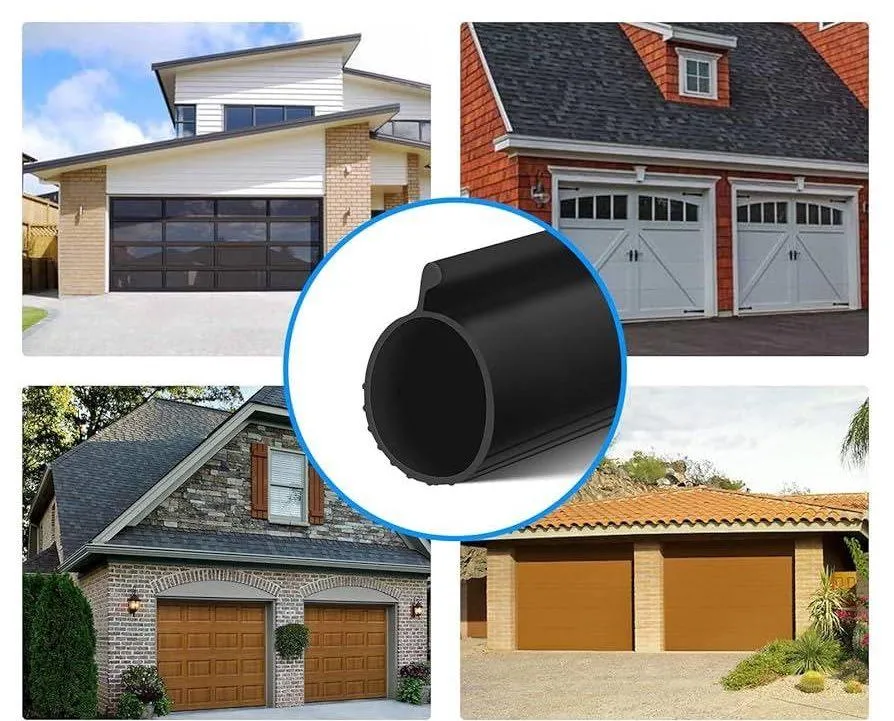
Choosing the right seal for your garage door depends on your needs and environment. Here are the most common options:
Vinyl Seals: Affordable and flexible, ideal for mild climates.
Rubber Seals: Highly durable and perfect for extreme weather conditions.
Brush Seals: Excellent for keeping out small pests, dust, and light debris.
Foam Seals: A budget-friendly choice that provides basic insulation.
T-Style and U-Shape Seals: Designed for compatibility with specific garage door grooves for a snug fit.
Expert Tip: When selecting a seal, consider your door type—whether it’s made of wood, steel, or aluminum—and the environmental conditions your garage faces.
Tools You Need for a Successful Installation
Having the right tools ensures an efficient and hassle-free installation process. Here’s what you’ll need:
Measuring Tape: For accurate dimensions.
Utility Knife: To cut the seal to the required size.
Screwdriver and Drill: For fastening the seal securely.
Adhesive or Sealant: To reinforce the bond and improve durability.
Rag and Cleaner: To prepare the surface by removing dirt and old adhesive residue.
Step-by-Step Guide to Installing a Garage Door Bottom Seal
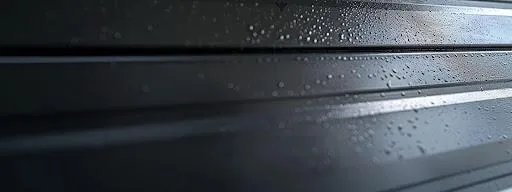
Follow these steps to install your garage door bottom seal with confidence:
1. Measure Your Garage Door
Use a measuring tape to determine the width of your garage door. Add a few extra inches to the seal length to ensure complete coverage.
2. Remove the Old Seal
Carefully detach the existing seal, if any, using a utility knife or screwdriver. Clean the bottom edge of the garage door to remove debris and adhesive remnants.
3. Prepare the New Seal
Cut the new seal to match your measurements. If using a T-style seal, check that the grooves align with the garage door track.
4. Attach the New Seal
For T-style seals: Slide the seal into the grooves along the bottom of the door.
For adhesive-based seals: Apply the adhesive evenly and press the seal firmly into place.
For screw-on seals: Align the seal and secure it with screws using a drill.
5. Test the Seal
Close the garage door and inspect the seal for any gaps or misalignments. Make adjustments as needed to ensure a snug fit against the garage floor.
Maintenance Tips for Longevity

Regular maintenance ensures your garage door bottom seal remains effective for years. Here are some practical tips:
Inspect Annually: Check for wear, cracks, or gaps in the seal at least once a year.
Clean Regularly: Use mild soap and water to remove dirt and debris that can degrade the material over time.
Lubricate Moving Parts: Keep the garage door tracks and seal flexible by applying a silicone-based lubricant.
Replace When Necessary: If the seal is damaged or worn, replace it promptly to maintain protection.
Common Problems With Garage Door Bottom Seals
Understanding common issues can help you diagnose and fix problems quickly:
Cracks and Tears: Often caused by age or exposure to extreme weather.
Gaps and Misalignment: Result from improper installation or ground shifting.
Pest Infestations: Occur if the seal is not tight enough to block entry points.
When to Call a Professional
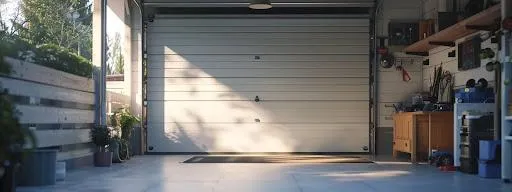
While DIY installation can be rewarding, there are times when hiring a professional is the best choice:
If your garage door tracks are misaligned or damaged.
When you need a custom-fit seal for unique door designs.
If you want guaranteed results without the hassle.
Professional services ensure precision, durability, and peace of mind.
Benefits of a Properly Installed Bottom Seal
A high-quality garage door bottom seal offers a range of benefits, including:
Energy Efficiency: Saves on heating and cooling costs by improving insulation.
Enhanced Security: Keeps out pests and prevents water damage.
Longer Door Lifespan: Reduces wear and tear on garage door components.
Increased Property Value: Adds functionality and appeal to your home.
Signs It’s Time to Replace Your Seal
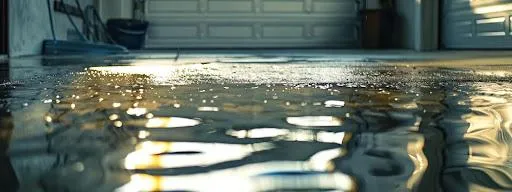
Wondering if it’s time for a new bottom seal? Look out for these signs:
Visible Damage: Cracks, holes, or tears in the seal.
Frequent Drafts: A noticeable increase in air flow entering your garage.
Moisture Accumulation: Water pooling near the base of your garage door.
Pest Activity: Evidence of rodents or insects inside your garage.
Replacing the seal promptly prevents further damage and restores full protection.
A well-installed garage door bottom seal is essential for protecting your garage from the elements, pests, and energy loss. By choosing the right materials, following a thorough installation process, and committing to regular maintenance, you can ensure long-lasting performance.
Ready to secure your garage? Schedule a service today and enjoy the peace of mind that comes with a well-sealed, weatherproof garage!
Areas We Serve
Have a Query? Book A Service
COMPANIES WE WORKED WITH
























We Accept All Type of Payments

Copyright © Affix Garage Door Service 2025 | Powered by Media Shield
